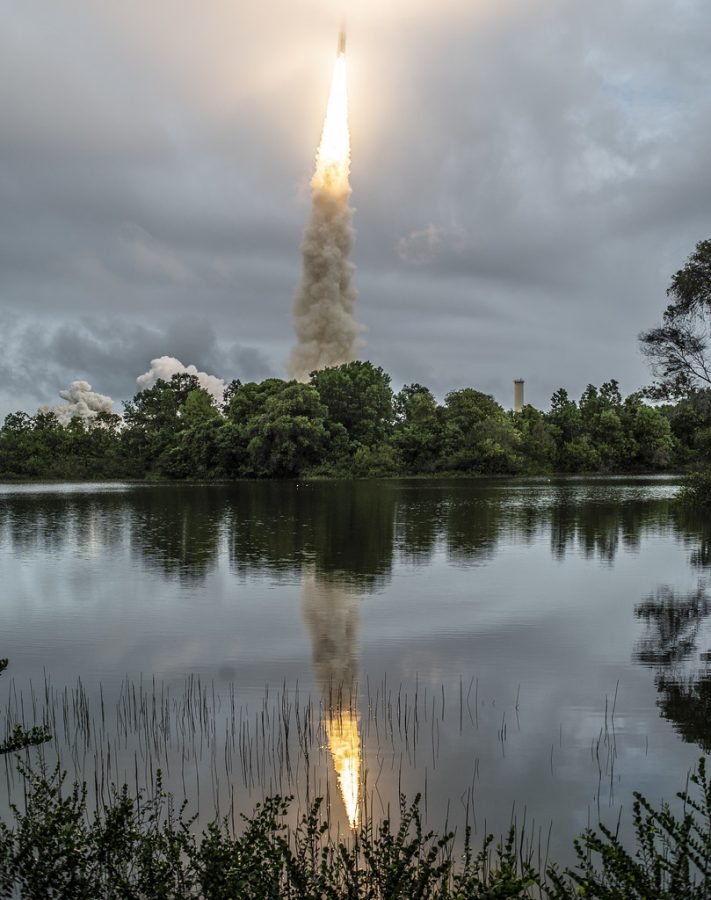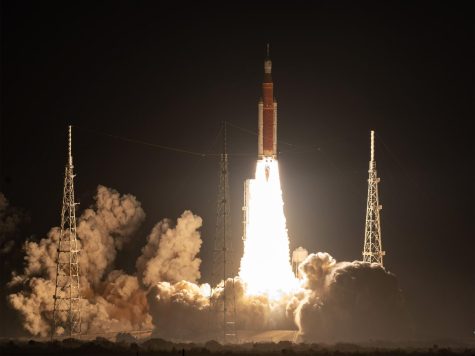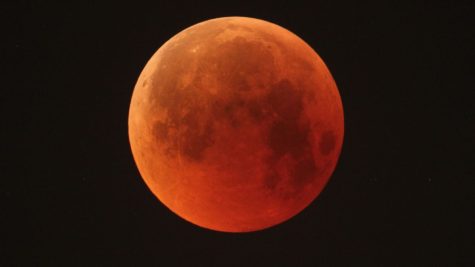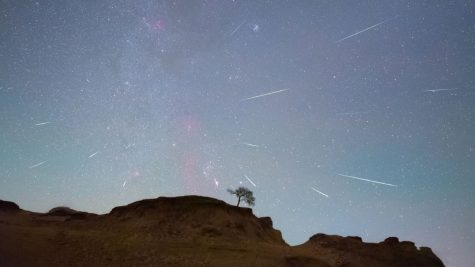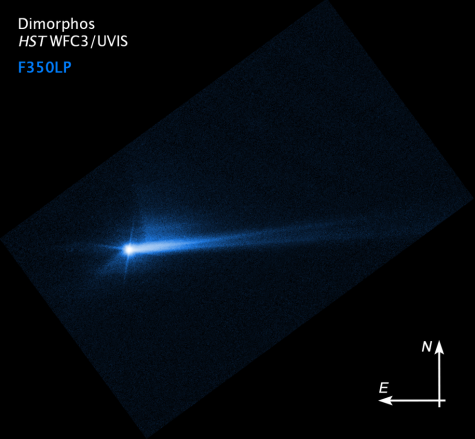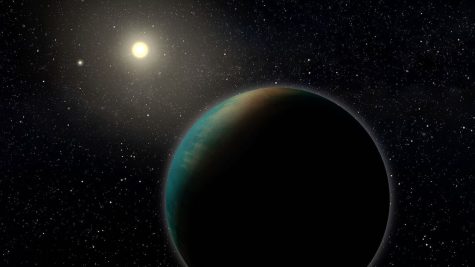James Webb Space Telescope launches into space
Credits to NASA
The James Webb Space Telescope (JWST), the most advanced telescope to ever be built, was launched Dec 25, 2021 from the European Space Agency’s (ESA) launch site near Kourou, French Guiana. The successor of the famed Hubble Telescope in collaboration with NASA, ESA and the Canadian Space Agency (CSA), the JWST will peer into the past to study the earliest galaxies, as well as look into dust clouds to learn about the youngest stars and planets today. Both telescopes will most likely work together during JWST’s first years.
The JWST costed $8.7 billion and took 24 years to build. One of the most fascinating details in its production was the creation of its 18 hexagonal mirrors. In outer space, objects tend to warp, which will negatively affect the mirrors if not accounted for. To ensure that the JWST would have the most precise mirrors possible, engineers actually designed them to be bumpy and out of focus on Earth so that when the JWST would pass beyond our atmosphere, the mirrors would unfold and ultimately be able to produce incredibly accurate images.
The telescope will orbit around the Sun at the second Lagrange point, or L2, nearly 1 million miles from Earth. The journey to L2 will take approximately a month, and another 6 months for the mirrors to completely warp.
Because the universe is expanding, the farther away objects are, the faster they are moving away from us. This causes redshifting, which means that ultraviolet or visible light shifts to redder wavelengths, which ends up in the infrared part of the electromagnetic spectrum. The JWST is capable of studying regions of the cosmos beyond Hubble’s ability because it is an infrared observatory, whereas the Hubble detects wavelengths of visible light (the same light humans are able to perceive). Therefore, the JWST can capture pictures of distant stars and galaxies and also study celestial objects within dense clouds because the telescope is not limited by visible light, which cannot see past the opaqueness of star nurseries. The JWST is intended to revolutionize our understanding of these fields beyond our line of sight.

